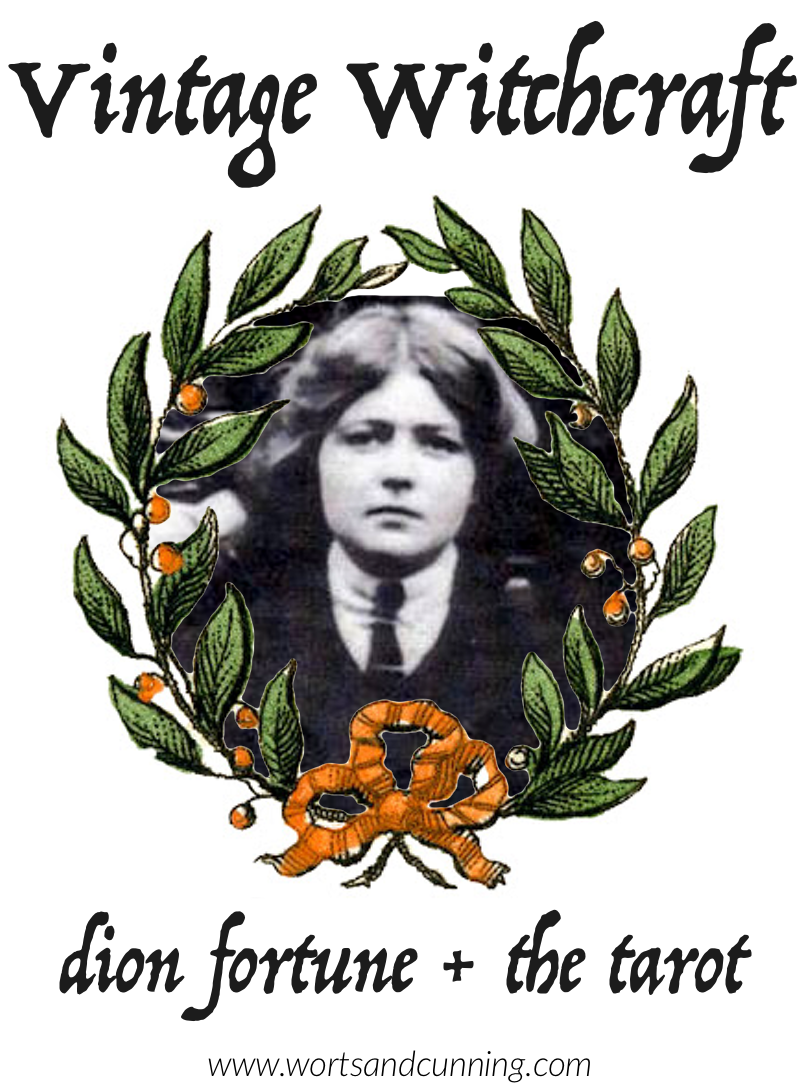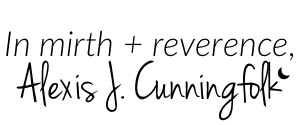Gotu Kola Helps Us To Connect Our Heart + Mind
I’m feeling that post-class glow after getting back from The Plant Sabbat. Stories were spoken, remedies shared, and then we all blissed out together guided by Gotu Kola and singing crystals. Though I would love to easily be able to transport all of you to The Plant Sabbat, sadly floo powder just isn’t widely available and teleportation isn't stable enough tech just yet. What I can do is share some resources and inspire you to circle up with a plant ally to learn from.
Gotu Kola (Centella asiatica) is less known in Traditional Western Herbalism, but has been long used in Ayurveda and Traditional Chinese Medicine. It’s a plant that I love and I think it has some really special wisdom when it comes to navigating the modern world of self-worth and social media. Plants are our ancestors, our guides, and they’re still growing us, so of course they can assist us with managing our tech and social engagement in ways that add to our wellbeing instead of detract from it. If you want the full plant profile for Gotu Kola be sure to sign-up to my Magick Mail where you’ll gain access to the secret member’s only apothecary full of resources for you to use and enjoy.
Gotu Kola is prized as a brain tonic and the herb is incredible at improving cognitive function. The herb doesn’t want us to just live for a long time but to be joyful in our longevity. In the US and a lot of western culture, though, there is an overemphasis on the brain as a seat of logic and a very narrow definition of smart. I’ve always found that Gotu Kola loves to work with other herbs - it not only helps connect the pathways of neurons but make connections with other allies in our lives. One of the ways that Gotu Kola does this is by helping us to reconnect with the intelligence of our heart and not just relying on cultural narratives to rely only on the logic of the mind. That the division between the heart and the mind are man-made but not a reflection of lived humxn experience.
For my class on Gotu Kola I created a special extract to help create a vibrant pathway between the head and the heart. I combined Gotu Kola with Rosemary (Rosmarinus officinalis) which has a beautiful resonance with the space between the heart and mind, teaching us to dwell confidently in our sense of self and the heart tonic and opener supreme, Hawthorn (Crataegus monogyna), which guides us back to the wisdom of heart. I wrote the recipe as an extract but you can adjust the herbal parts to easily create an herbal tea. You can also easily make it into an herbal hand, foot or body bath.
Heart + Mind Extract
Combine the following herbs:
1 part Gotu Kola (Centella asiatica)
1 part Hawthorn (Crataegus monogyna)
1/2 part Rosemary (Rosmarinus officinalis)
Either combine separate extracts or blend herbs together and make your own tincture. For extra magick say the following charm while taking your drops:
Heart and mind
Work in harmony
Whole and sacred
Blessed be
Suggested Dosage: 1 - 5 drops up to three times daily.
If you haven't met Gotu Kola yet as a plant ally I hope that this helps get you started on your journey. And if you and Gotu Kola are old friends, maybe this'll spark some new insight between the two of you. Find more recipes here and get free access to even more exclusive content by joining my Magick Mail community.
























